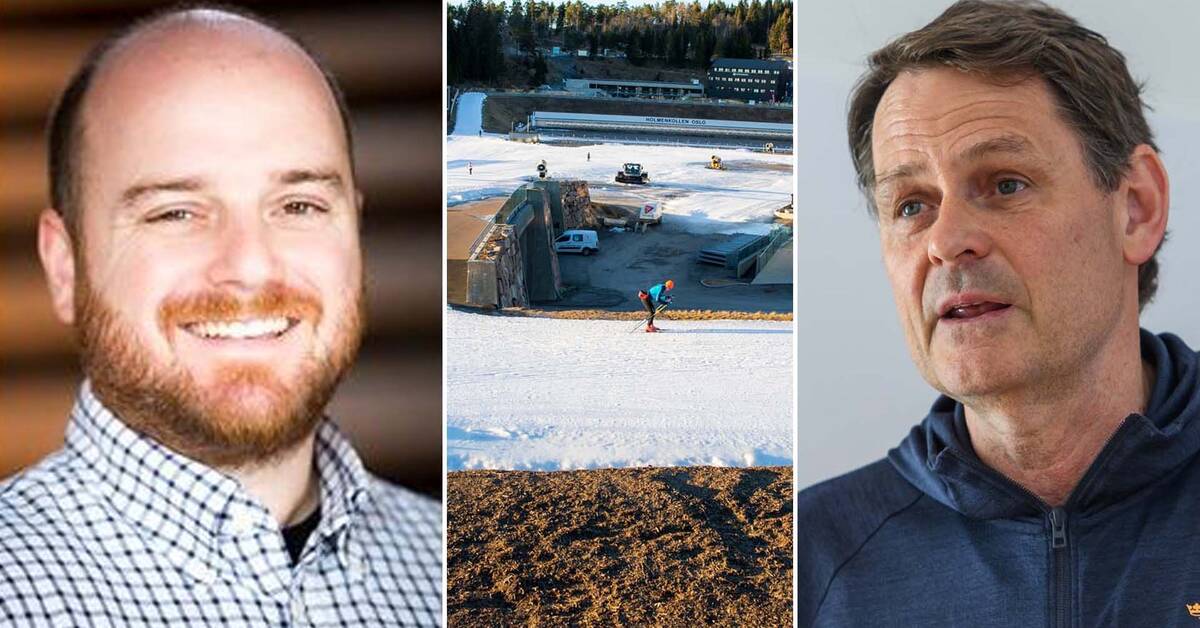SVT Sport recently published a review that shows that if climate change continues at the same pace as today, the winter season will be a whole month shorter at several classic winter sports resorts before 2099.
Now a study from the University of Waterloo in Canada shows a similar development.
According to the study, only one (Sapporo, Japan) of a total of 21 previous host cities for the Winter Olympics will be able to host the Olympics in a "fair and safe way" in the future, unless greenhouse gas emissions are drastically reduced.
"Gets complicated"
Cenk Demiroglu, senior lecturer at Umeå University, has been researching the field for over ten years and is not surprised by the results of the study.
- This study really shows how complicated it will be for future Olympic projects.
We see how climate change becomes a reality and what effect the emissions have, says Cenk Demiroglu to SVT Sport.
An example in the study is Vancouver, which hosted the 2010 Olympics and which is one of the cities that registered interest before 2030. According to the study, there will be a lack of snow and rain half of the days in February, at the end of the century.
- Rain half of all days in February, it's crazy during a winter event, says Demiroglu.
The need for artificial snow is increasing
In other words, in order for the former host cities, and many other winter sports resorts, to be able to arrange competitions in the future, artificial snow is required.
But Demiroglu does not see this as a sustainable solution.
- Firstly, it is expensive.
The less snow you have, the more you have to manufacture and spend money on.
We are also moving towards a future where we have a shortage of water also in Sweden, should you in such times use technology that sucks out all the water in the system to be able to ski?
The climate researcher believes that the temperature will increase so much that it will not be enough with investments in artificial snow facilities.
- Even if you have unlimited money and water, it will not help in the end, because it will be too hot to make snow, says Demiroglu.
The International Olympic Committee, IOC, tells in an article on its website about its strategy around artificial snow and the choice of future host cities.
There, the IOC writes, among other things, that artificial snow has been used in all winter games since 2010 and that it even contributes to safer competitions.
"The fact that it is controllable and flexible means that artificial snow is better suited than the natural variant, for developing competition tracks
. "
SVT Sport has sought Swedish IOC member Gunilla Lindberg but has not received an answer.
SOK does not agree
Peter Reinebo, head of operations in the Swedish Olympic Committee (SOK), was present when Sweden last applied for the Olympics.
He does not agree with Cenk Demiroglu, but highlights artificial snow as a solution to be able to arrange competitions in places that receive less and less natural snow.
- I understand that you react like that and I do not know what he (Demiroglu, editor's note) has on his feet but it is very easy to say that it consumes a lot of water and it costs a lot and then you can not answer, says Reinebo.
- But I would like to respond there.
With the most modern technology and new methods and things that are also on the rise, it is absolutely defensible.
Given that the winters are getting warmer, do you feel any concern that Sweden will not be able to host the Winter Olympics in the future?
- No, I do not.
The arenas we need already exist to a very large extent, and they are up north.
I can still imagine that Åre's location and the technical conditions that you can get connected to Åre, I think they hold up very well.
CLIP: Three questions about warmer winters (January 19, 2022)
Javascript is disabled
Javascript must be turned on to play video
Read more about browser support
The browser is not supported
SVT does not support playback in your browser.
We therefore recommend that you switch to a different browser.
Read more about browser support
Three questions about warmer winters Photo: SVT

